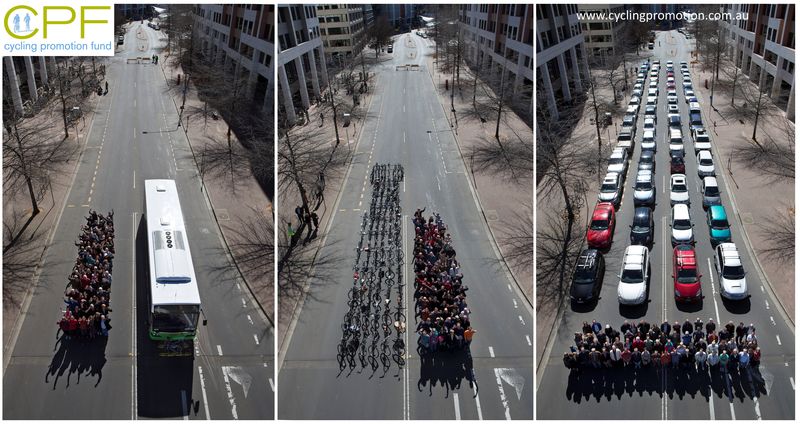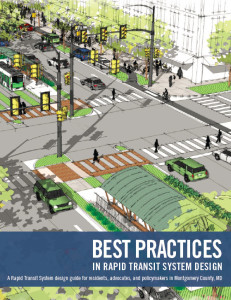FOR IMMEDIATE RELEASE
May 10, 2016
CONTACT
Pete Tomao, Montgomery County Advocacy Manager
(516) 318-0605
pete@smartergrowth.net
Stewart Schwartz, Executive Director
(703) 599-6437
stewart@smartergrowth.net
With Metrorail Shutdowns Looming, Transit Supporters Petition for Bus Improvements
Montgomery County, MD — On Monday, transit advocates at the Coalition for Smarter Growth submitted a 1000-signature “Better Bus Petition” to the Montgomery County Council and County Executive. The petition calls for dedicated bus lanes and frequent, reliable service. With thousands of citizens impacted by the future Metro closures, transit supporters say it’s more important than ever to make major bus system improvements.
“With Metrorail disruption imminent, thousands of Montgomery residents will have their commutes impacted. If we don’t want hundreds of new cars on our roadways we need to invest in a faster, more frequent, and more reliable bus network. There has never been a better time to do it than now,” said Stewart Schwartz, Executive Director of the Coalition for Smarter Growth.
“Volunteers and Coalition for Smarter Growth staff spent hours collecting hundreds of signatures in every part of Montgomery County, from Shady Grove to Silver Spring, between August and October 2015. With the impending Metrorail shutdowns, there seemed no better time to present the petition to officials,” said Pete Tomao, Montgomery County Advocacy Manager for the Coalition for Smarter Growth.
“Riders everywhere told us the same thing. We need more reliable bus service, including dedicated lanes. Clearly the demand exists for better service, and that demand will only increase with the Metrorail disruptions,” said Tomao.
“Wherever WMATA has introduced express bus service in Montgomery County, it has been successful. Ridership on the K9 along New Hampshire Avenue has increased 79% since 2011, and the J4 from Bethesda to Silver Spring is up 34% since 2012: when you offer riders frequent, reliable service, they use it. With dedicated lanes, the speed, frequency, and reliability of buses would be even better. With 20 extra WMATA buses sitting at the White Flint Bus Depot, we have the opportunity to put them to work in express corridors,” Tomao continued.
“A single lane of auto-traffic can carry about 1200 people per hour, versus the 3700 a dedicated bus lane in Pittsburgh is now carrying. Dedicated space allows us to make the most of our roadways.”
“We’ve been encouraged by recent steps that the County Executive and Council have taken to improve service and advance bus rapid transit on Route 29, Route 355, and Veirs Mill Road. With this petition and with the impending Metrorail shutdowns, we hope that the county will accelerate investments in dedicated lanes and more frequent service on key corridors throughout the county,” said Tomao.
“They say to never waste a crisis. The challenges presented by Metrorail disruptions present an opportunity to improve our regional bus service and to implement the dedicated bus lanes we’ve needed for some time. Our conversations with transit riders show the demand for improved bus service and we urge regional officials to seize the opportunity.” concluded Schwartz.
About the Coalition for Smarter Growth
The Coalition for Smarter Growth is the leading organization in the Washington DC region dedicated to making the case for smart growth. Its mission is to promote walkable, inclusive, and transit-oriented communities, and the land use and transportation policies and investments needed to make those communities flourish. Learn more at smartergrowth.net.
###



